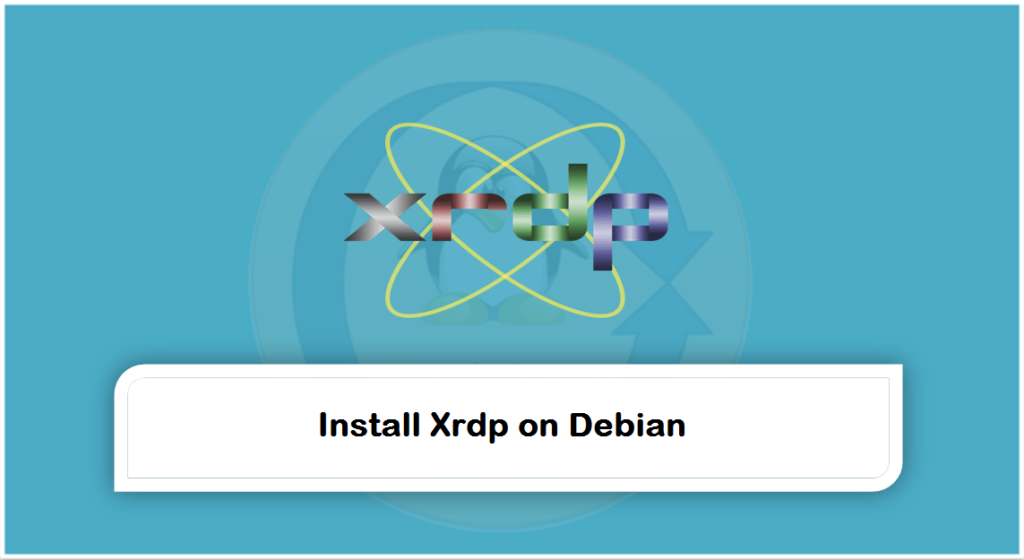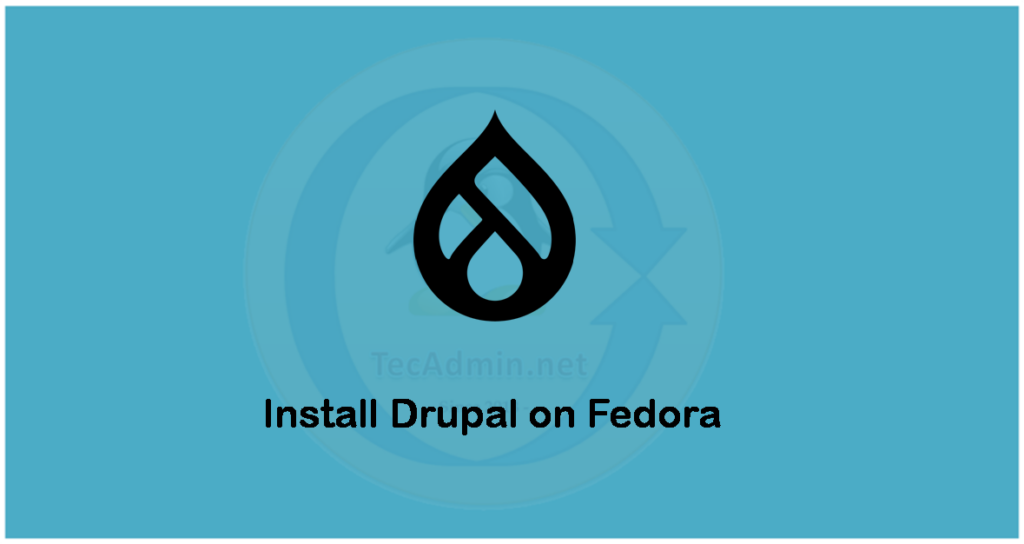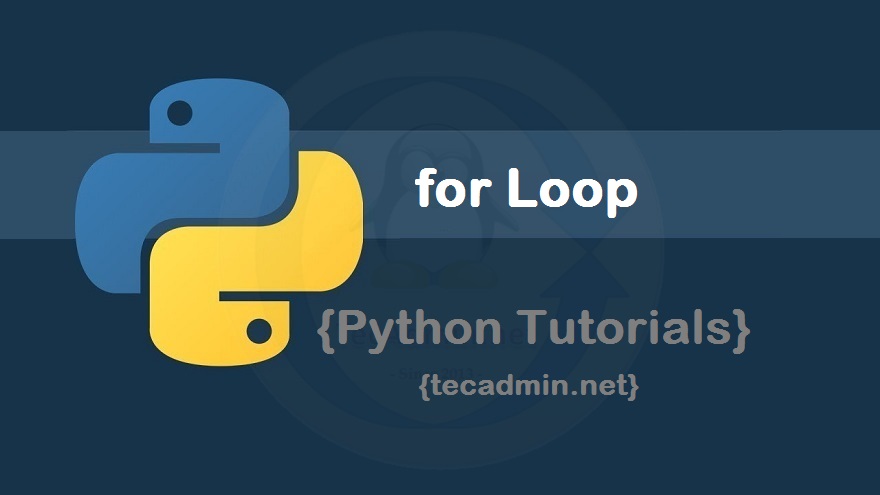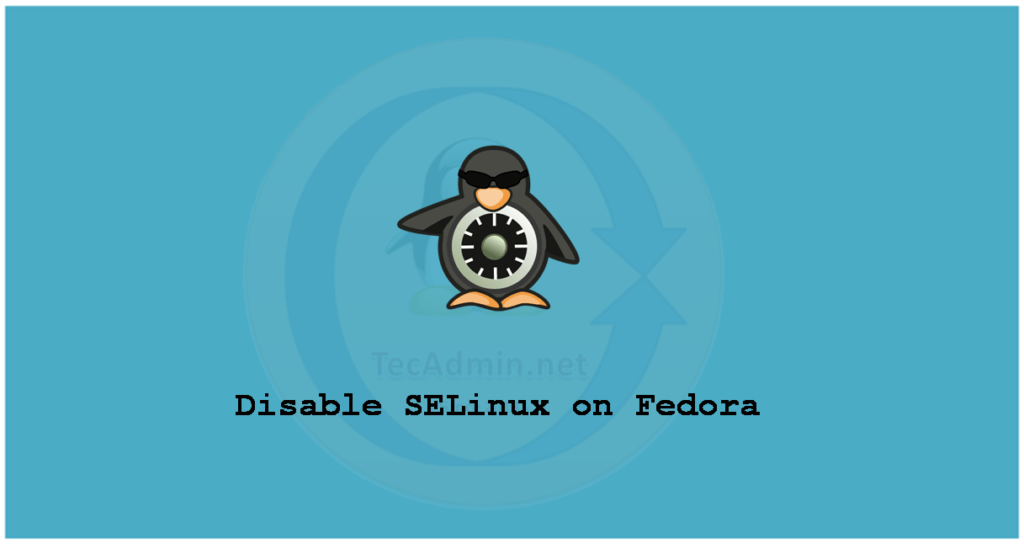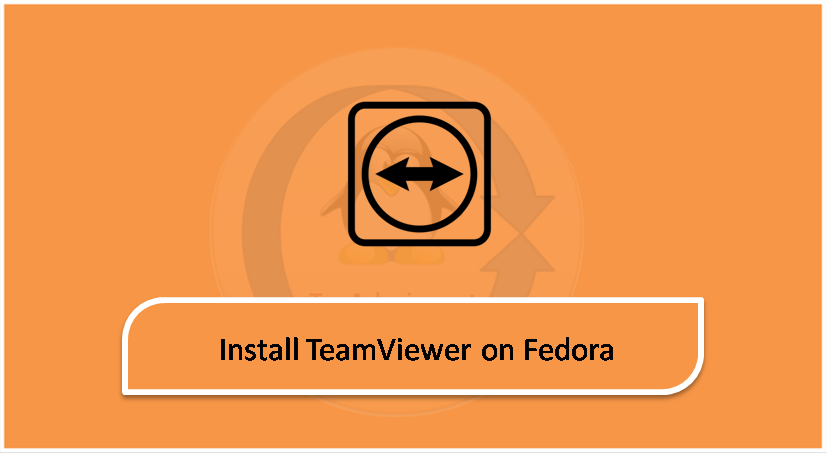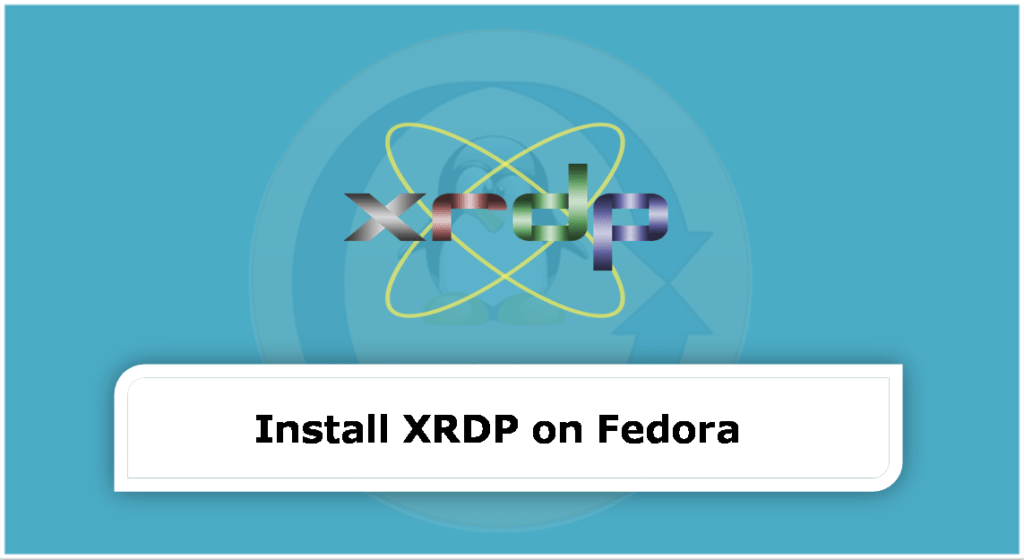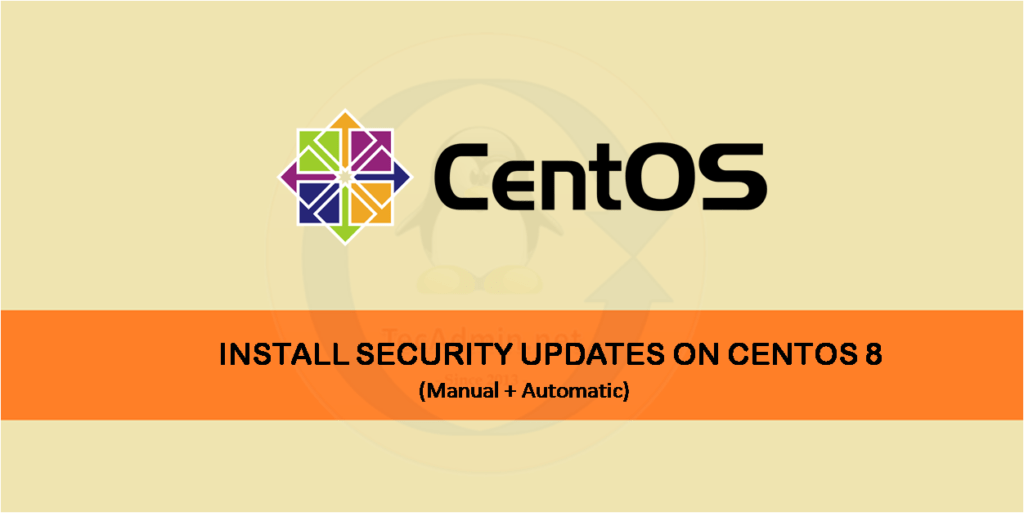XRDP is an open-source implementation of the Microsoft RDP (Remote Desktop Protocol) server. It provides bridging between the RDP client and the X windows system. The XRDP server allows remote users to graphical login to the remote machines using the Microsoft RDP client. The XRDP allows two-way clipboard transfer, audio and microphone voice redirection and allows us to mount local drives on the remote machines. This tutorial helps you to Install XRDP Server (Remote Desktop) on the Debian 10 Linux system. Prerequisities You must have shell access with a sudo privilege user to the Debian 10 system Step 1 -…
Author: Rahul
Drupal is a free and open-source content management system (CMS), is flexible for building blogs and websites. It is written in PHP programming language and uses MySQL as a backend database. Drupal is available with thousands of add-ons, which makes it highly customizable. You can deploy Drupal on any web server that supports the PHP programming language. In this tutorial, we will provide you with steps to install Drupal with Apache on Fedora Linux systems. Prerequisites This tutorial assumes that: You have a running Fedora system with sudo privileged account access Already completed the LAMP Stack on Fedora system. Step…
Python is a general-purpose programming language, which emphasizes making programming easy, efficient coding, and unleashes the user’s potential. Loops are the vital part of programming as it allows the user to repetitive use a set of codes using loops. So in the following article, we will see how to use for loops in python. FOR Loop: Till the iteration of the last item in the sequence, for loop run the instructions. It iterates over sets of instructions in sequence, arrays, and a tuple for a pre-defined period or until the last item and calculation are executed. For loop can be…
SELinux (Security-Enhanced Linux) is a Linux kernel security module that provides enhanced security for Linux systems. SELinux provides a mechanism for supporting access control security policies. This specifies how the processes communicate with each other and interact with the files. We never recommend disabling SELinux on your system, especially on production servers. For developer systems, you can disable it only if hampering your work due to its policies. SELinux Modes: SELinux has three modes to run as described below. The default SELinux runs in Enforcing mode on a Fedora Linux system. Enforcing – SELinux security policy is enforced. Permissive –…
TeamViewer is a powerful remote desktop and file sharing application that works with most operating systems and mobile devices. In order to commercialize the use of TeamViewer, you have to purchase a license. You can use it free for personal use only. An RPM package of Teamviewer is built by the official team and is available for installation on Fedora systems. You can download the package from its official website. This tutorial described how to install TeamViewer on the Fedora Linux system. Prerequisites Assuming, you have a running Fedora desktop system. Have access to the desktop environment with a sudo…
Remote Desktop Protocol (RDP) is a protocol that allows users to access desktops on remote systems. The XRDP service provides you a graphical login to the remote machines using Microsoft RDP (Remote Desktop Protocol). The XRDP also supports two-way clipboard transfer (text, bitmap, file), audio redirection, and drive redirection (mount local client drives on the remote machines). This tutorial helps you to Install XRDP Server (Remote Desktop) on a Fedora Linux system. Also provides the instructions to install a Desktop environment on your system. Step 1 – Install Desktop Environment Fedora workstation comes with a default desktop environment. In case…
In Google account, enabling the Less secure apps feature can make it easier for hackers to get into your account. Generally, Gmail users enable this feature while using their account for sending email over Google STMP servers. We never recommend enabling this but in some cases, it’s necessary to enable less secure apps in a Gmail account. You can enable “less secure apps” settings either using a domain administrator account or from your email account settings. This tutorial covers both ways of enabling “less secure apps” in a Gmail account. Turn On less secure apps in Mailbox Sign in to…
Fedora, known for its cutting-edge features in the Linux world, also emphasizes security and efficient system administration. One of the key practices in administering a Fedora system is the use of sudo, which stands for “superuser do!”. Sudo allows a permitted user to execute a command as the superuser or another user, as specified in the /etc/sudoers file. This mechanism provides a fine balance between accessibility and security, essential for managing privileged operations. Creating a sudo user in Fedora involves a few straightforward steps, ensuring that system administration tasks can be performed safely without direct root access. Here’s how to…
Remote Desktop Protocol allows users to access remote systems desktops. The XRDP service provides you a graphical login to the remote machines using Microsoft RDP (Remote Desktop Protocol). The XRDP also supports two-way clipboard transfer (text, bitmap, file), audio redirection, and drive redirection (mount local client drives on the remote machines). XRDP is an easy-to-install and configurable service for Ubuntu systems. But you can also use a VNC server to access the remote desktop of the Ubuntu systems. Find a tutorial to install a VNC server on Ubuntu 20.04 systems. This tutorial helps you to Install Remote Desktop (XRDP) on…
Updates are essential in any operating system environment because it allows application, processes and the operating system itself to be in a consistent working condition. That’s also the reason that most of the updates include security compatibility and enhancements. Why are security updates so important to install? Your computer’s vulnerabilities are fixed with the help of security updates. These updates protect your system from local and remote threats. When developers found any vulnerability, they try to fix it quickly and then distribute the “quick fix” as a security update for you to install it as soon as possible. As those…

